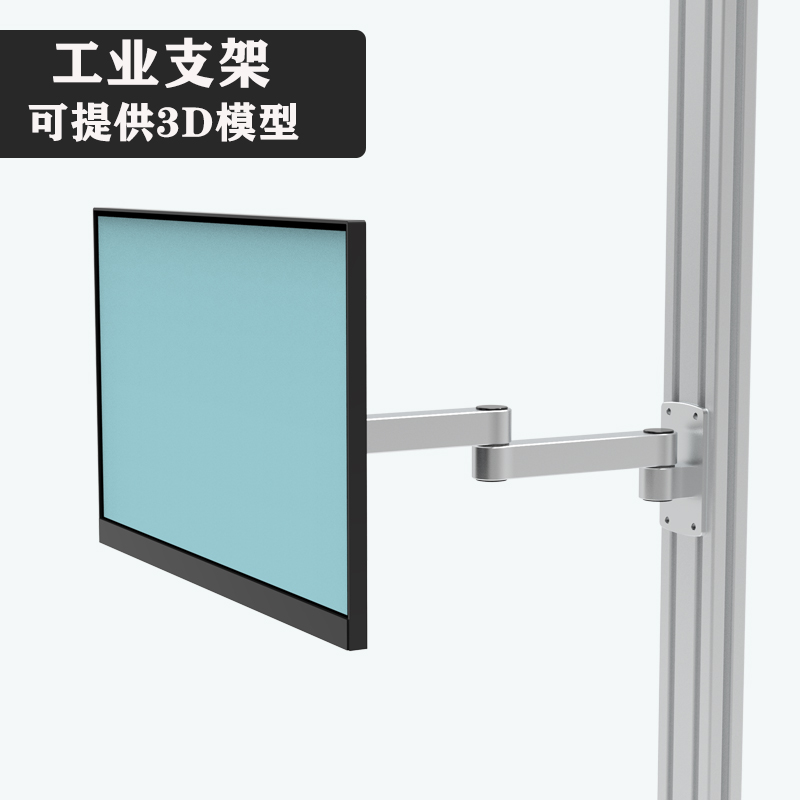显示器色彩准确度解析:如何选择适合设计工作的显示器
电脑高手
2024-10-27 20:00:54
0次
显示器色彩准确度解析:如何选择适合设计工作的显示器
在设计和图形处理工作中,显示器的色彩准确度至关重要。一个优质的显示器能够真实地呈现色彩,从而帮助设计师更好地把握设计细节和效果。那么,如何选择适合设计工作的显示器呢?
一、了解色彩准确度的基本概念
色彩准确度是指显示器在显示颜色时与实际颜色之间的差异程度。一般来说,色彩准确度越高,显示器的颜色就越接近真实颜色。为了衡量色彩准确度,我们可以关注显示器的色域覆盖率、色准、对比度等参数。
二、关注显示器的色域覆盖率
色域覆盖率是指显示器能够呈现的颜色范围。在设计工作中,宽色域的显示器能够更好地还原真实世界的色彩。因此,选择一个具有较高色域覆盖率的显示器是至关重要的。
三、注意显示器的色准表现 色准是指显示器在不同颜色之间保持一致性的能力。在选择显示器时,可以关注其色彩偏差值,即ΔE值。ΔE值越小,显示器的色彩准确性就越高。此外,定期进行显示器校准也能确保色彩的准确性。 四、考虑显示器的对比度和亮度 对比度和亮度是影响显示器色彩表现的重要因素。高对比度能够使颜色更加鲜明,而高亮度则能确保在明亮的环境下依然能够清晰地看到屏幕内容。因此,在选择显示器时,要关注其对比度和亮度的表现。 五、其他注意事项 1. 分辨率:选择高分辨率的显示器能够使图像更加清晰,细节更加丰富。 2. 面板类型:不同面板类型(如IPS、TN、OLED等)具有不同的色彩表现和观看角度。在设计工作中,IPS面板因其广视角和较好的色彩表现而受到青睐。 3. 接口和连接方式:确保显示器具有所需的接口和连接方式,以便与您的电脑或其他设备进行连接。 4. 品牌和售后服务:选择知名品牌和提供良好售后服务的显示器,以保障使用的稳定性和售后服务的质量。 综上所述,选择适合设计工作的显示器需要考虑多个方面。了解色彩准确度、色域覆盖率、色准表现、对比度和亮度等基本概念将有助于您做出明智的选择。同时,关注分辨率、面板类型、接口和连接方式以及品牌和售后服务等因素也是非常重要的。一个优质的显示器将为您的设计工作带来更好的体验和效果。 Display Color Accuracy Analysis: How to Choose a Monitor Suitable for Design WorkIn the field of design and graphic processing, the color accuracy of a monitor is crucial. A high-quality monitor can truly reproduce colors, helping designers better grasp design details and effects. So, how to choose a monitor suitable for design work?
First, understand the basic concepts of color accuracy. Color accuracy refers to the degree of difference between the displayed color and the actual color of a monitor. To measure color accuracy, we can focus on parameters such as the color gamut coverage, color accuracy, and contrast ratio of the monitor. Second, pay attention to the color gamut coverage of the monitor. A wide color gamut monitor can better restore real-world colors in design work. Therefore, choosing a monitor with a high color gamut coverage is essential. Third, pay attention to the color accuracy performance of the monitor. Color accuracy refers to the ability of the monitor to maintain consistency between different colors. When choosing a monitor, pay attention to its color deviation value, known as the ΔE value. The smaller the ΔE value, the higher the color accuracy of the monitor. Additionally, regularly calibrating the monitor can ensure color accuracy. Fourth, consider the contrast ratio and brightness of the monitor. Both contrast ratio and brightness are important factors affecting the color performance of the monitor. High contrast ratio can make colors more vivid, while high brightness can ensure clear screen content in bright environments. Therefore, when choosing a monitor, pay attention to its contrast ratio and brightness performance. Finally, there are other considerations to keep in mind: 1. Resolution: Choosing a high-resolution monitor can make images clearer and details more abundant. 2. Panel type: Different panel types (such as IPS, TN, OLED, etc.) have different color performances and viewing angles. In design work, IPS panels are favored for their wide viewing angles and excellent color performance. 3. Interfaces and connection methods: Ensure that the monitor has the required interfaces and connection methods for easy connection to your computer or other devices. 4. Brand and after-sales service: Choose a well-known brand and provide excellent after-sales service to ensure stability and quality of the monitor's service. In summary, choosing a monitor suitable for design work requires consideration of multiple aspects. Understanding basic concepts such as color accuracy, color gamut coverage, color accuracy performance, contrast ratio, and brightness will help you make an informed choice. At the same time, paying attention相关内容
热门资讯
显示器色彩准确度:如何调整你的...
调整电脑屏幕色彩以获得最佳准确度,需通过Windows系统设置、使用专业校准工具、软件校准、环境光源...
电脑显示器尺寸与分辨率:如何选...
文章概述了电脑显示器尺寸和分辨率的选择方法。考虑需求、用途和观看距离选择合适尺寸,根据屏幕大小和用途...
电脑显示器尺寸与观看距离:如何...
选择电脑显示器尺寸需考虑观看距离和个人需求。适当尺寸的显示器能提高视觉体验和舒适度,减少眼部疲劳。常...
显示器维修指南:解决电脑屏幕常...
显示器维修需专业知识和技能,针对常见问题如无显示、色斑等,提供诊断及维修步骤,强调预防措施及安全操作...
显示器尺寸与观看距离:如何选择...
选择合适的电脑屏幕需考虑显示器尺寸和观看距离。不同尺寸适用于不同使用需求,如工作、游戏和娱乐等。观看...
电脑显示器的种类与特点,让你更...
本文介绍了电脑显示器的种类与特点,包括LED、LCD、OLED、曲面和游戏显示器等,详细阐述了各类显...
显示器画质大比拼:哪种技术更胜...
本文比较了多种显示器技术,包括LED、OLED、QLED、Nano IPS和Mini LED等。每一...
电脑配置中的关键环节:优质显示...
电脑配置中,优质显示器选购至关重要。需考虑类型、关键参数、其他功能及品牌售后等因素。选择合适的显示器...
显示器面板类型:如何理解并选择...
摘要:选择显示器面板时,需理解IPS、TN等不同面板的特性和应用场景。IPS面板色彩准确、视角广,适...
高效办公之选:最佳显示器选择助...
选择高效办公的显示器至关重要,需根据需求关注分辨率、屏幕尺寸、刷新率、色域等参数,并考虑舒适度。推荐...



